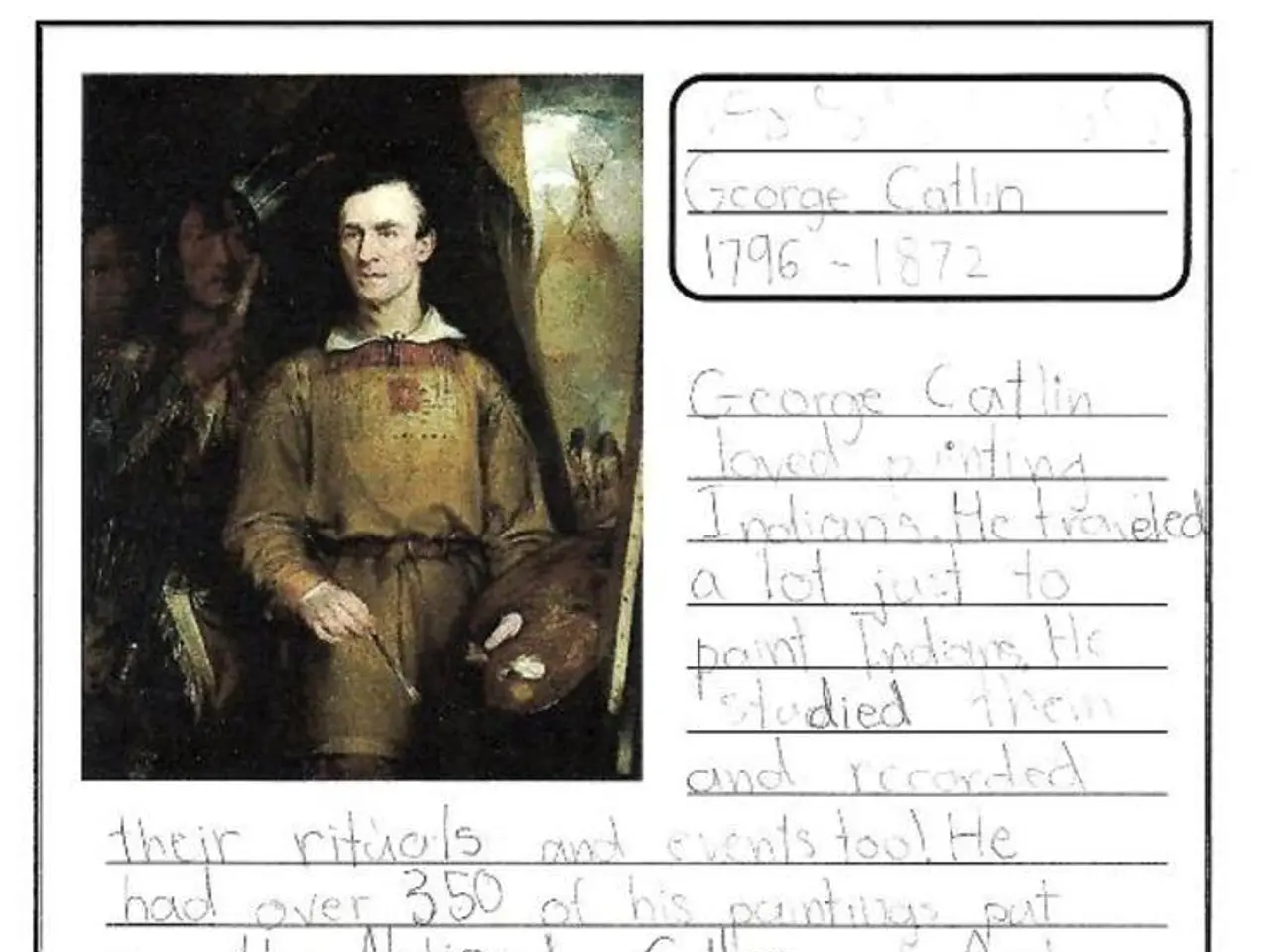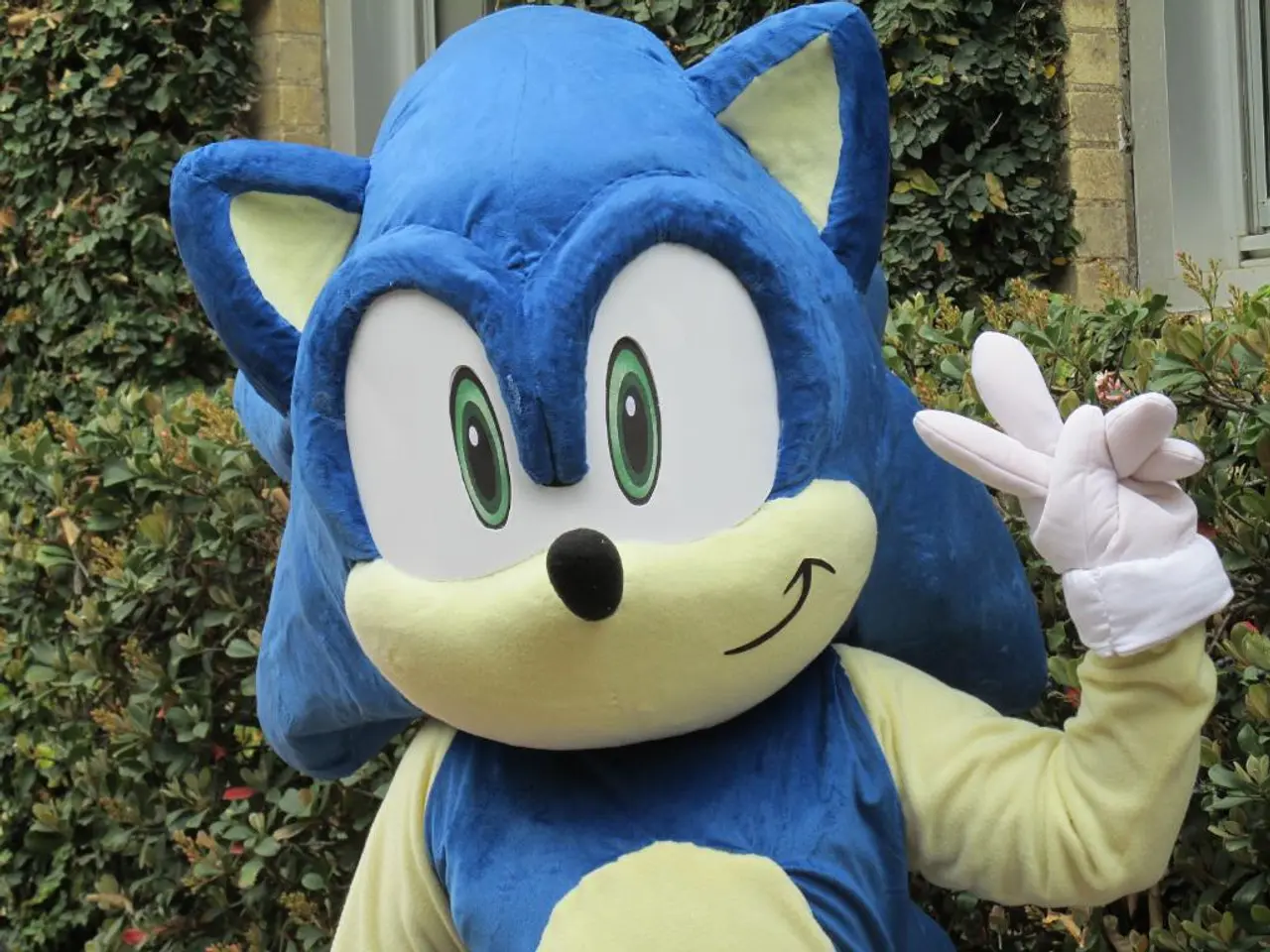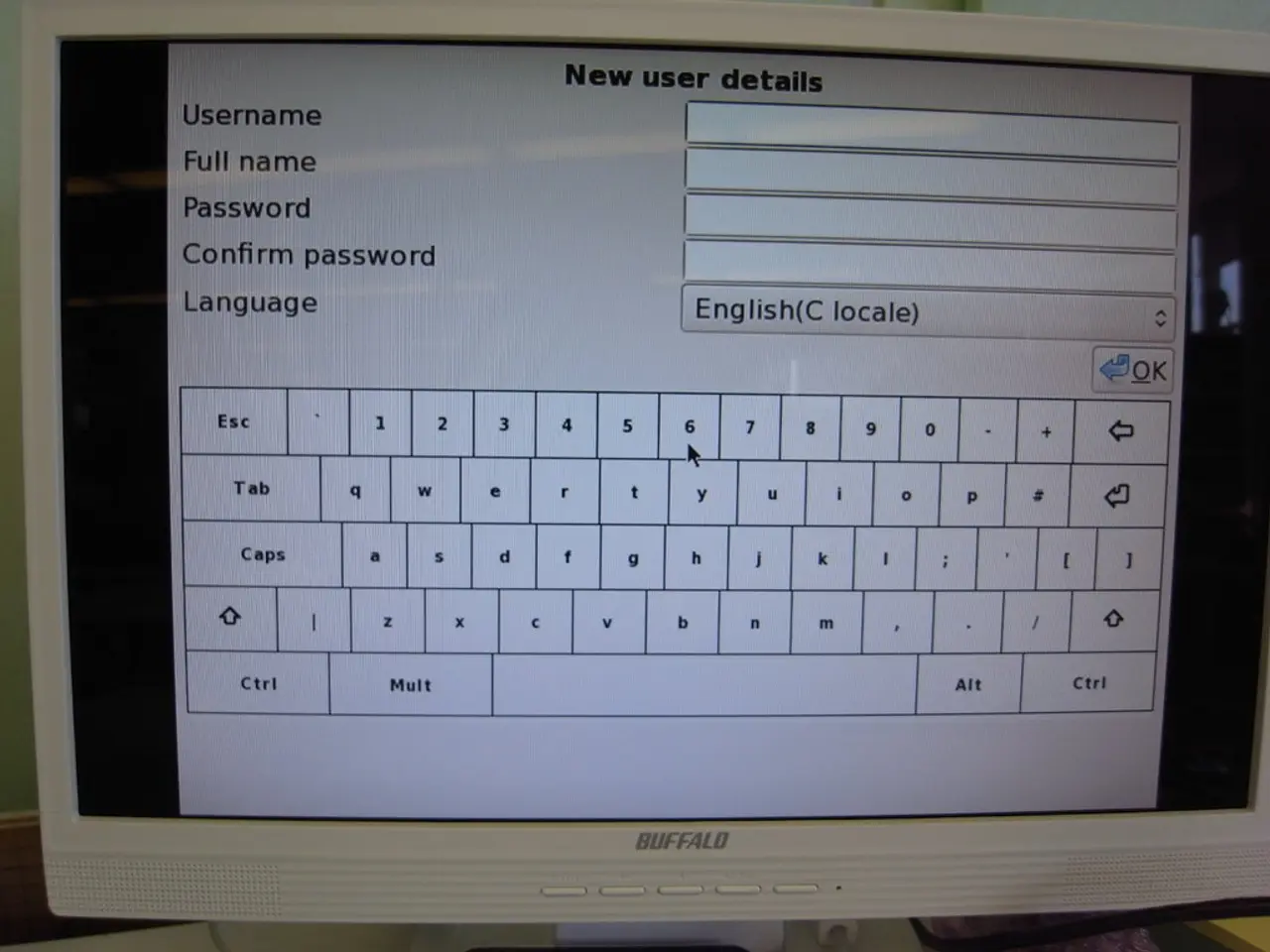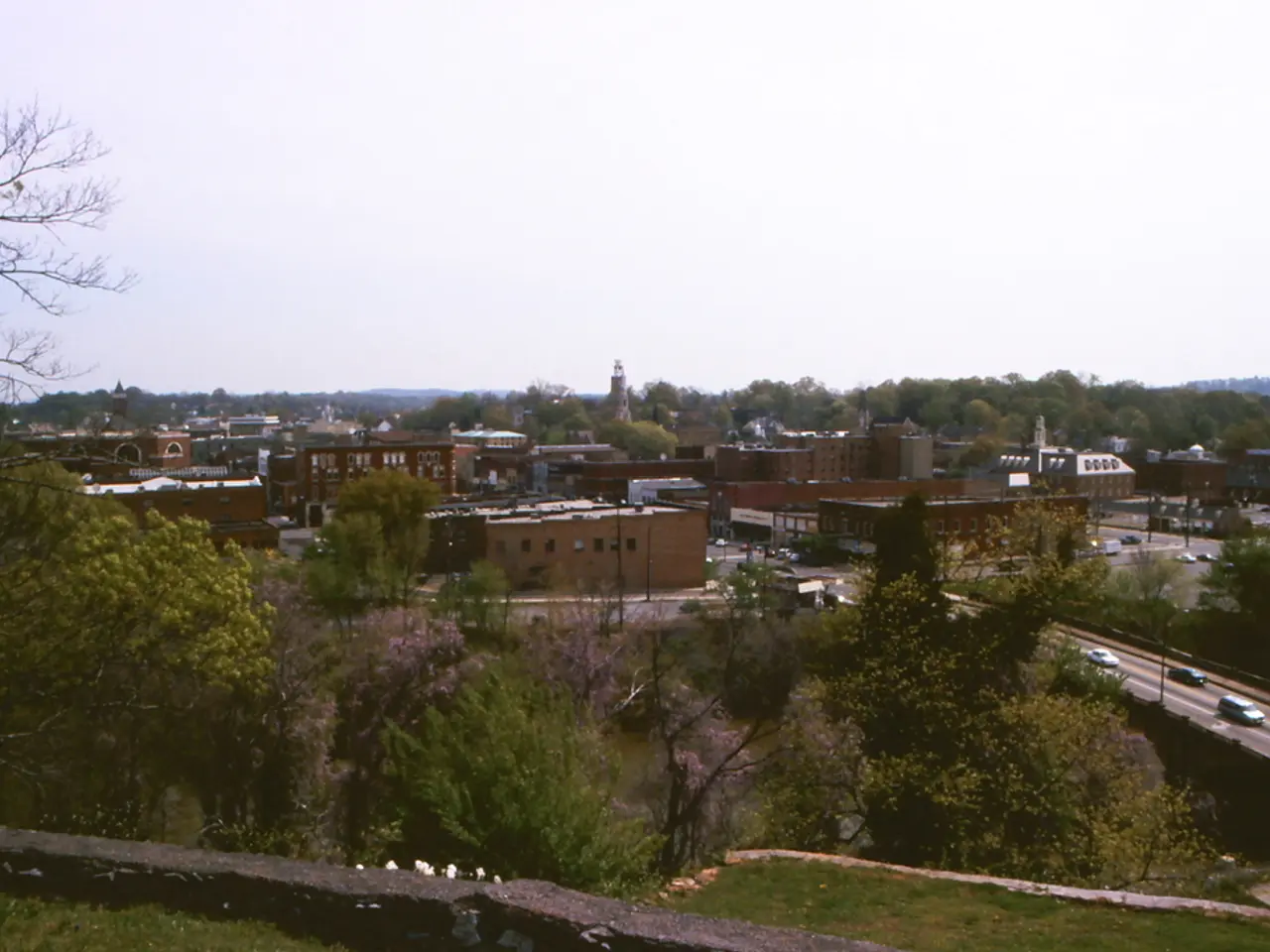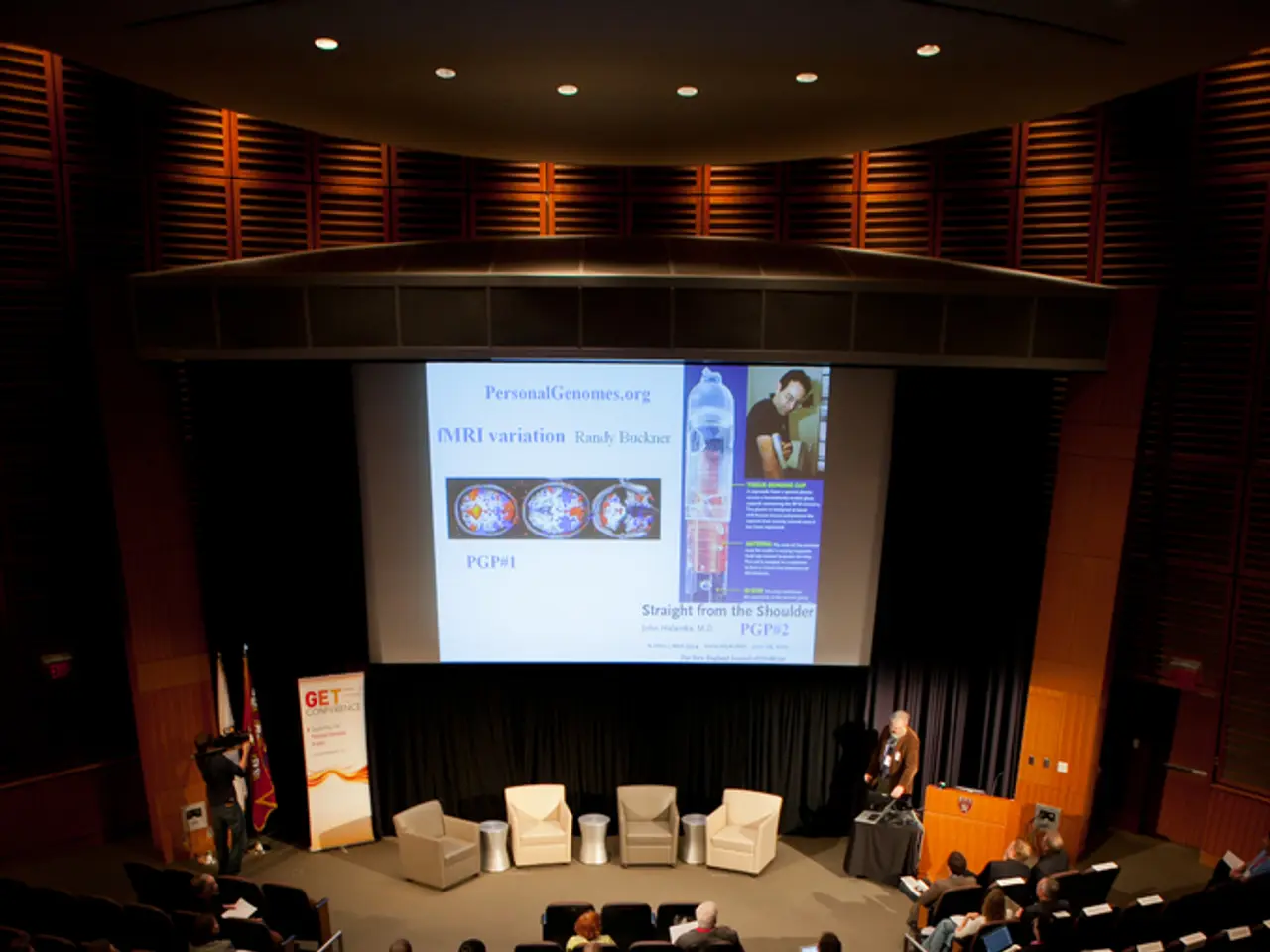Unveiled Mortuary Practices Discovered in Ancient Egyptian Tomb Sites
Unveiling Ancient Egyptian Burial Practices: A Cosmic Connection
A groundbreaking study has shed new light on the intricate relationship between ancient Egyptian burial practices, death rituals, and celestial events. The research, conducted by a team from the University of Toulouse, examined over 500 tombs in Egypt's Nile Valley, dating back to a time predating the pyramids [1].
One of the most intriguing discoveries was made in Tomb S166, where a teenage girl's remains were found with her left arm severed and placed across her chest. This chilling discovery was accompanied by a fascinating astronomical alignment: the girl's body was positioned to face the setting sun at the winter solstice, while her sarcophagus was aligned with Sirius’ heliacal rising, the brightest star connected to the annual Nile flood [1][2]. This alignment demonstrates a tightly integrated belief system linking death, celestial events, and agricultural renewal.
The heliacal rising of Sirius was a powerful symbol in Ancient Egypt, linked to rebirth, fertility, and the Pharaoh's divine right to rule [2]. This celestial alignment in Tomb S166 shows a clear link between astronomical events and burial practices, bridging practical agricultural timing with spiritual beliefs about rebirth and eternity [1][2].
The evolving relationship between the dead and the cosmos is further reflected in Tomb S874, where a woman was buried with a staff and a fiber wig, aligned with the summer solstice [1]. This shift in celestial focus underscores the growing importance of celestial events in burial practices.
The material culture associated with these rites, as seen in Tomb S837, offers a glimpse into the early funerary practices of Ancient Egypt. Fine jewelry and a broken ceramic vessel, items that echo themes seen in the Pyramid Texts, the earliest funerary texts of Ancient Egypt, were found in this tomb [1].
The findings suggest that these early death rituals influenced the religious narratives that later became central to Ancient Egyptian culture. For instance, tomb architecture and decoration in famous burial sites such as the Valley of the Kings further underscore these celestial connections. The tombs were designed as underground complexes with chambers decorated by celestial and mythological imagery, reinforcing the belief that the king's soul aligned with divine and celestial forces after death [3].
In summary, ancient Egyptian burial practices and death rituals are closely intertwined with celestial events, reflecting a worldview that connected death, the afterlife, agricultural fertility, and cosmic order. The spatial orientation of bodies and tombs to stars and solstices exemplifies this, bridging practical agricultural timing with spiritual beliefs about rebirth and eternity [1][2][3].
[1] Leclercq, M., et al. (2022). Astronomical alignments in pre-dynastic Egyptian tombs: A study of over 500 tombs in Egypt's Nile Valley. Journal of Archaeological Science.
[2] Shaw, I. (2022). The Cosmic Connection: Ancient Egyptian Burial Practices and Astronomy. National Geographic.
[3] Bard, K. (2022). The Secrets of the Valley of the Kings: Celestial Connections in Ancient Egyptian Tomb Architecture. Archaeology Magazine.
In light of the new findings, it appears that the ancient Egyptians' lifestyle incorporated elements from science, specifically space-and-astronomy, as demonstrated by their intricate burial practices and death rituals aligning with celestial events. For instance, the alignment of Tomb S166 with Sirius' heliacal rising reflects a deep connection between astronomy and home-and-garden rituals, such as the annual Nile flood.
Furthermore, the arrangement of tombs, such as Tomb S874 facing the summer solstice, suggests that the home-and-garden practices were not isolated but were integrated into their broader spiritual beliefs, shaping their understanding of death, rebirth, and the cosmos.
